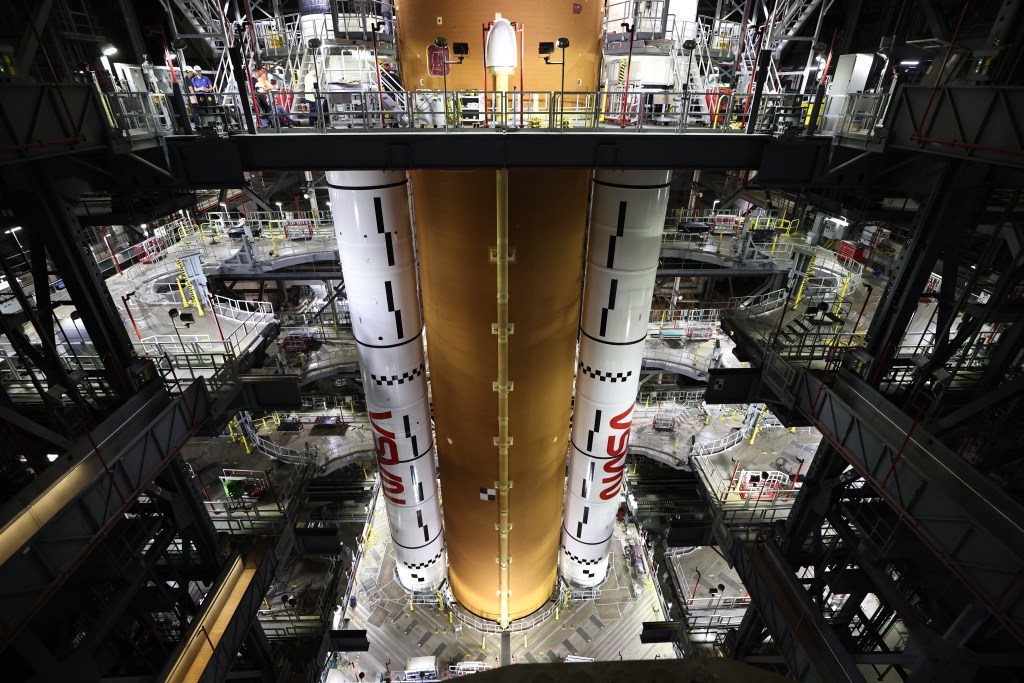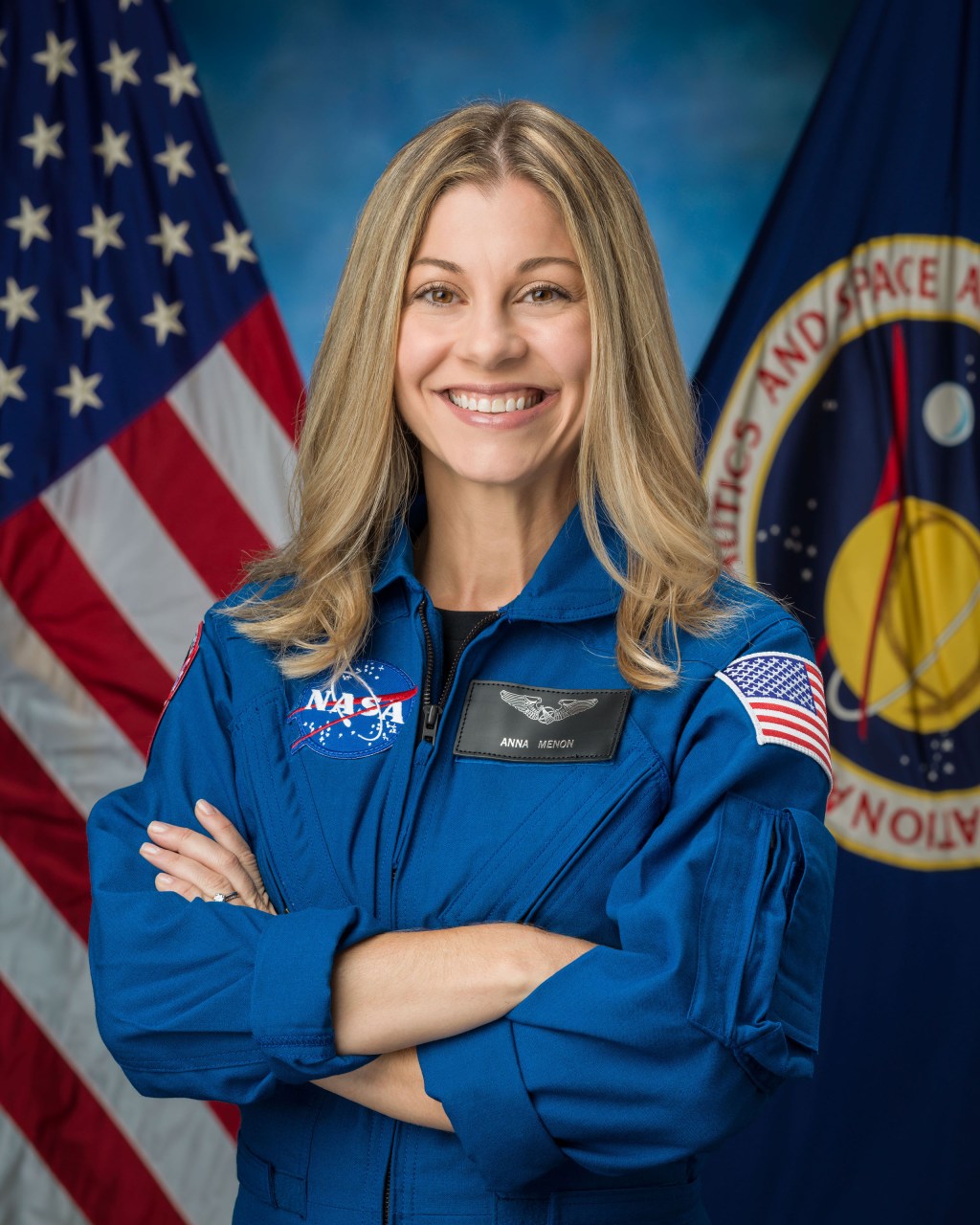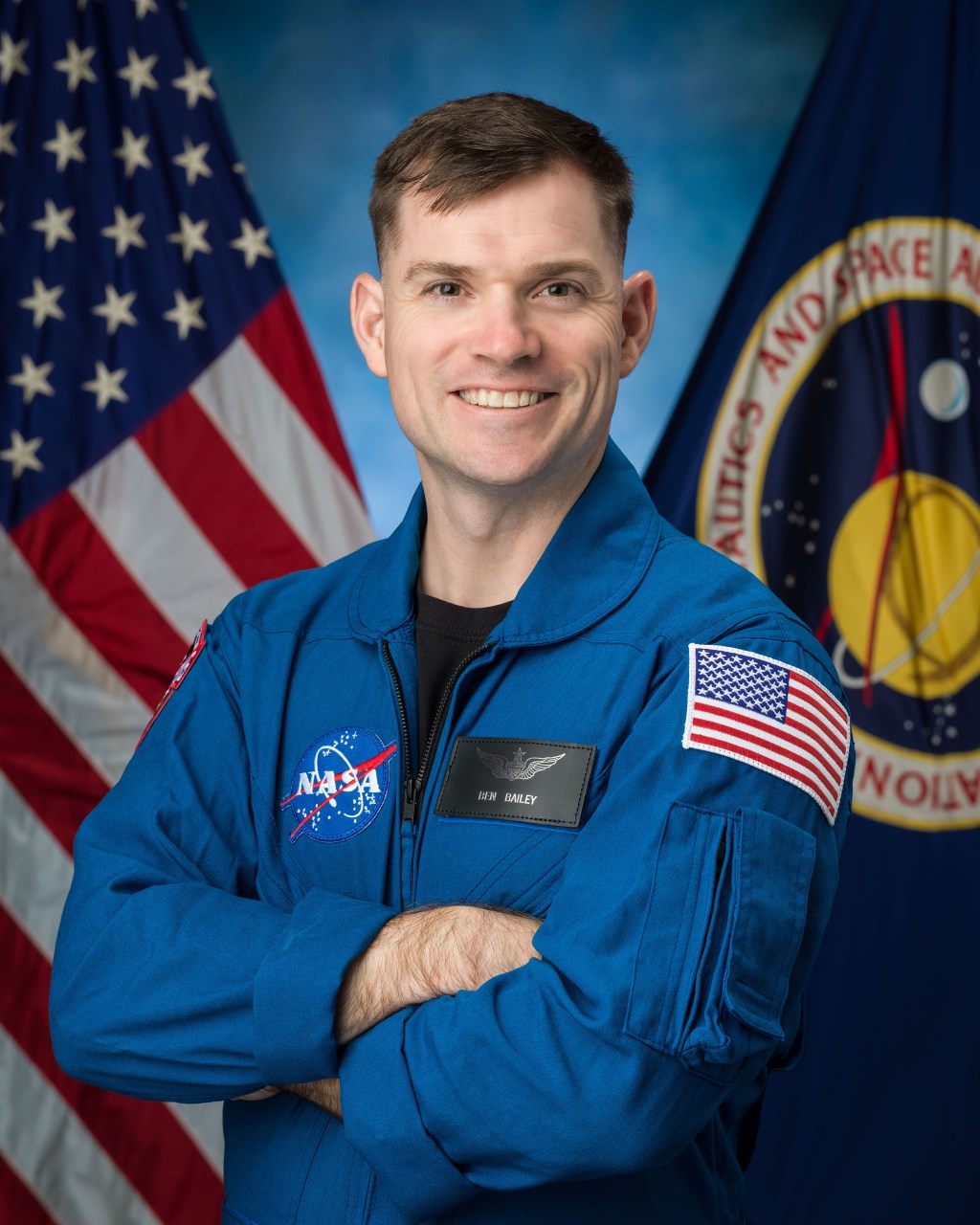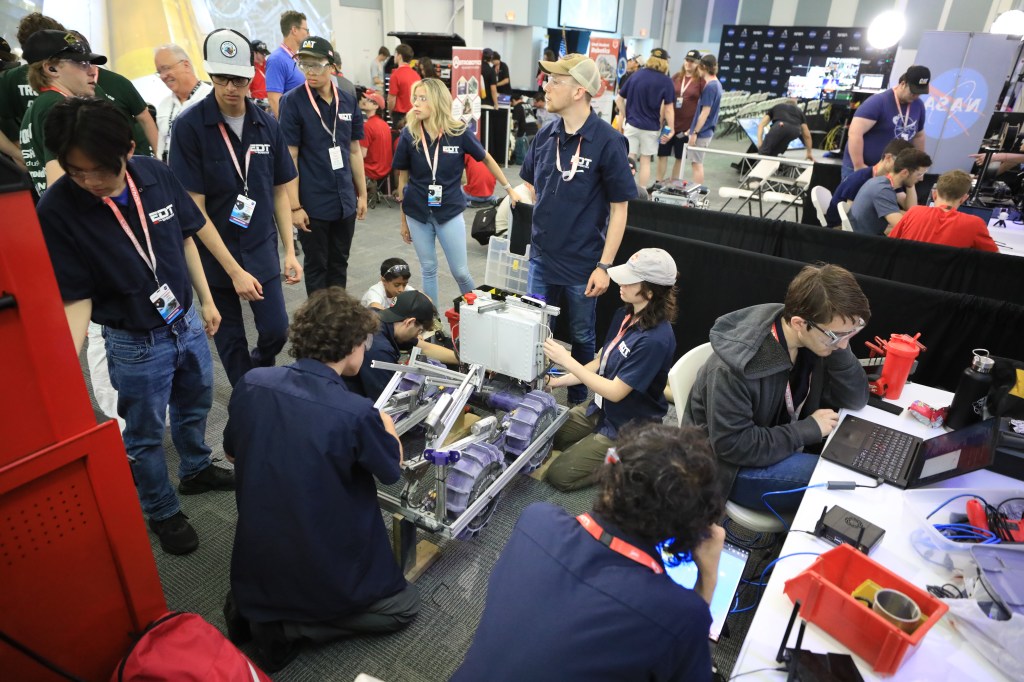Departing Dione
| PIA Number | PIA19649 |
|---|---|
| Language |
|
NASA's Cassini spacecraft captured this parting view showing the rough and icy crescent of Saturn's moon Dione following the spacecraft's last close flyby of the moon on Aug. 17, 2015.
Cassini obtained a similar crescent view in 2005 (see PIA07745). The earlier view has an image scale about four times higher, but does not show the moon's full crescent as this view does.
Five visible light (clear spectral filter), narrow-angle camera images were combined to create this mosaic view. The scene is an orthographic projection centered on terrain at 0.4 degrees north latitude, 30.6 degrees west longitude on Dione. An orthographic view is most like the view seen by a distant observer looking through a telescope.
The view was acquired at distances ranging from approximately 37,000 miles (59,000 kilometers) to 47,000 miles (75,000 kilometers) from Dione and at a sun-Dione-spacecraft, or phase, angle of 145 degrees. Image scale is about 1,300 feet (400 meters) per pixel.
North on Dione is up and rotated 34 degrees to the right.
The Cassini mission is a cooperative project of NASA, ESA (the European Space Agency) and the Italian Space Agency. The Jet Propulsion Laboratory, a division of the California Institute of Technology in Pasadena, manages the mission for NASA's Science Mission Directorate, Washington. The Cassini orbiter and its two onboard cameras were designed, developed and assembled at JPL. The imaging operations center is based at the Space Science Institute in Boulder, Colorado.
For more information about the Cassini-Huygens mission visit http://saturn.jpl.nasa.gov and http://www.nasa.gov/cassini. The Cassini imaging team homepage is at http://ciclops.org.
Image Credit:
NASA/JPL-Caltech/Space Science Institute





























